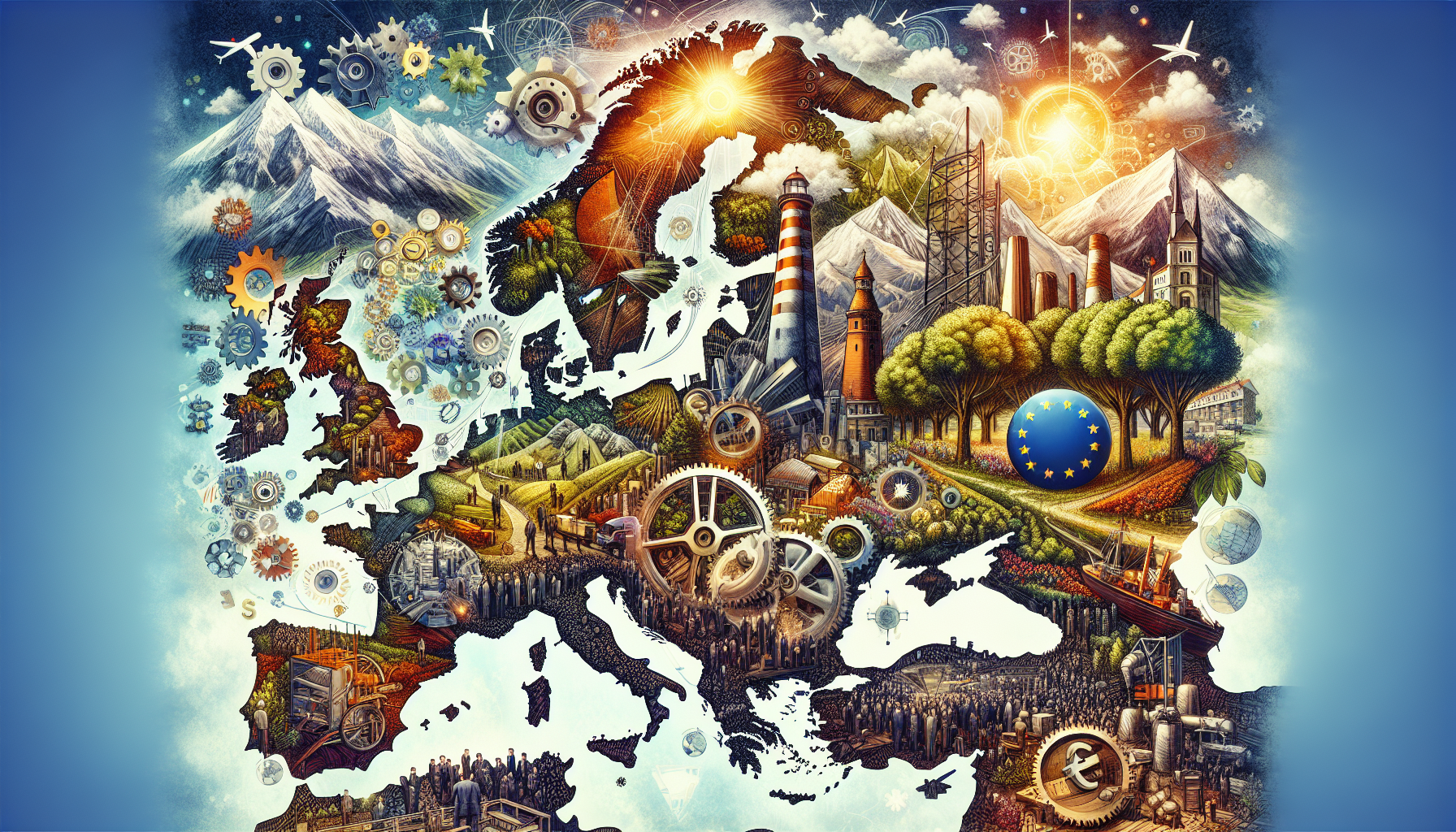Europe's Economic Stagnation: A Deep Dive into the Continual Struggle
Europe, once a powerhouse of global economic might, now finds itself grappling with a stagnancy that seems inescapable. The European Union's recent economic report, optimistically titled "GDP stable in the euro area," reveals a harsher reality—the continent's growth has halted. In this article, we explore the underlying issues facing Europe's economy and what the future might hold for the region.
The Reality of Stagnancy
As the data from the final quarter of 2024 rolls in, it paints a bleak picture of Europe’s economic standing. The euro area's growth rate is at a standstill, drawing criticism and concern. The label of "stability" might offer some comfort, but experts argue that it is merely a euphemism for stagnation. Why has Europe hit this economic plateau, and more importantly, what are the factors contributing to this disheartening trend?
A Patchwork of Challenges
Europe is dealing with a myriad of challenges that have coalesced to stymie growth. Some argue that the region's economic policies have become too rigid, unable to adapt quickly to global changes. The strict fiscal rules that were designed to maintain stability are now criticized for restricting necessary financial flexibility. Meanwhile, internal issues like demographic shifts and a lag in technological innovation further exacerbate the situation.
The Geopolitical Impact
Additionally, Europe's geopolitical landscape adds layers of complexity. The ongoing conflicts in Ukraine and the Middle East create a shadow of uncertainty over the continent, affecting everything from energy supplies to trade agreements. The continent's dependencies on external resources and markets mean any global tremor reverberates through its economies, further stalling momentum.
Is There a Path Forward?
The big question for Europe is how to break free from this economic stasis. Economists suggest that innovation and technology could offer a breakthrough. However, Europe must first tackle its structural inefficiencies and foster an environment conducive to modern business models and start-ups. Investment in green technologies and digital transformation is imperative to injecting fresh dynamism into the economy.
Moreover, reevaluating fiscal policies to allow for more proactive and supportive measures could be key in mitigating stagnation. Aligning monetary policies with targeted investments in high-growth sectors might finally awaken the sleeping giant that is the European economy.
Conclusion
Europe's economic stagnation is a sobering reminder of the complex interplay between policy, global markets, and internal dynamics. The path ahead is fraught with challenges, yet also ripe with opportunities for those willing to innovate and adapt. As the continent stands at this crossroads, the choices made today will indelibly shape its economic landscape for decades to come.
Stay tuned to The Economist for more insights into economic trends and international affairs, and explore how these developments impact not only the European Union but the world at large.
